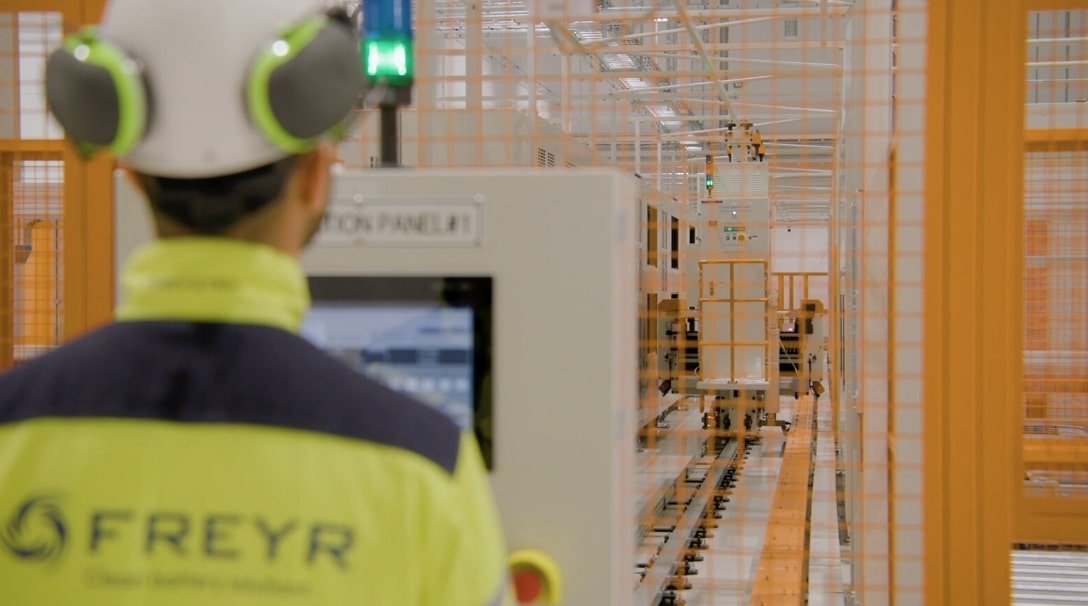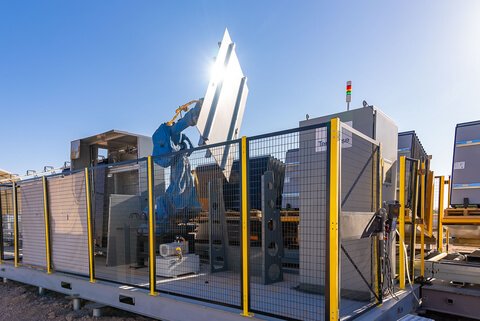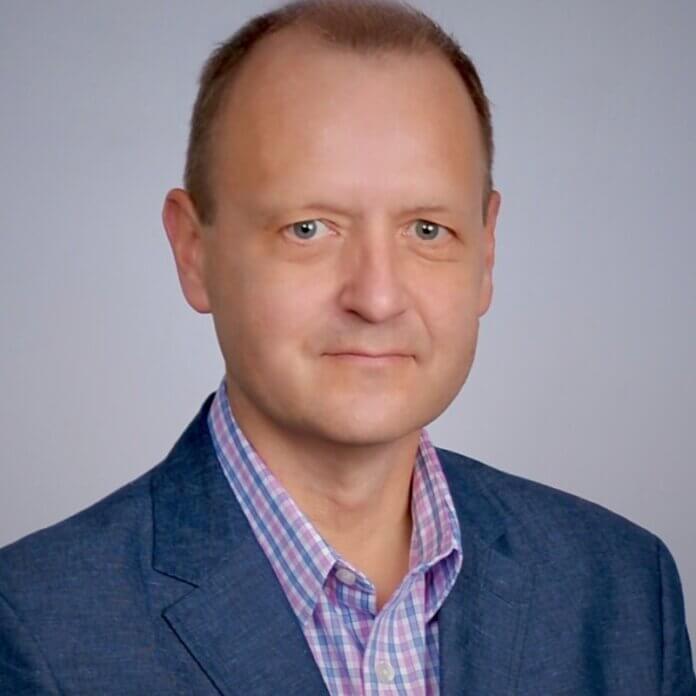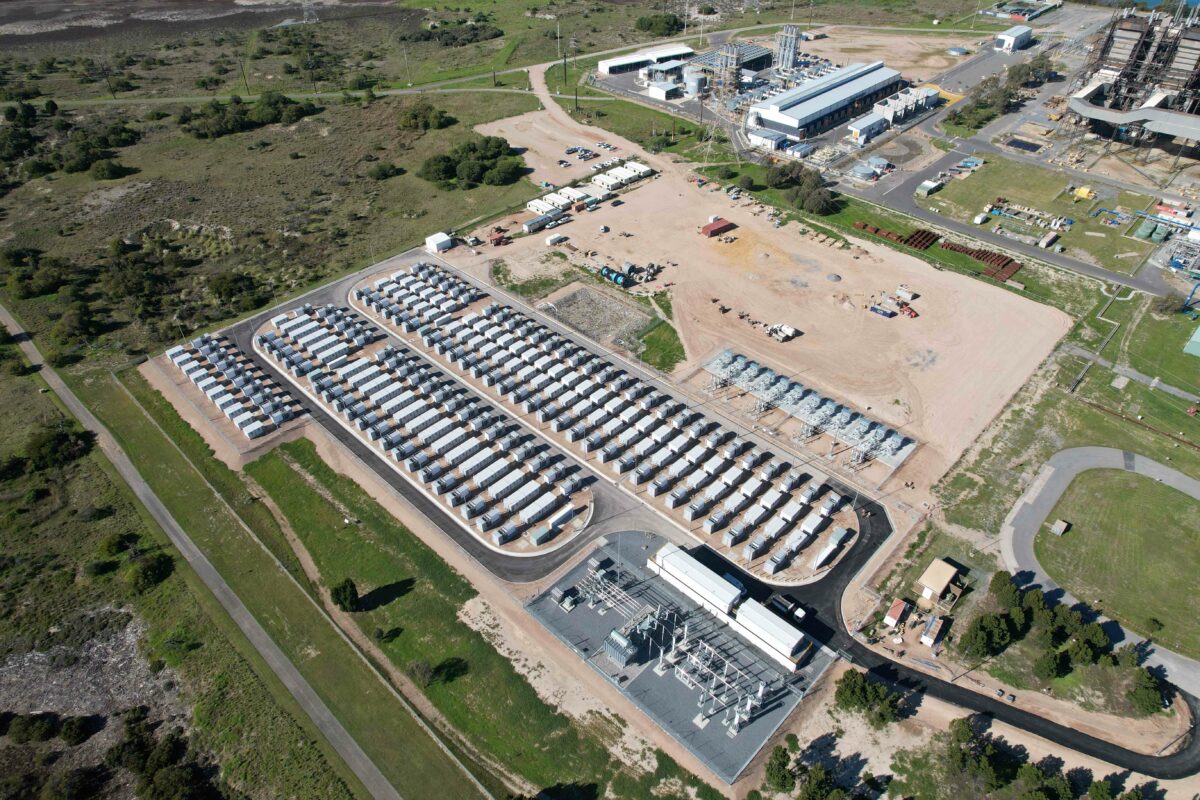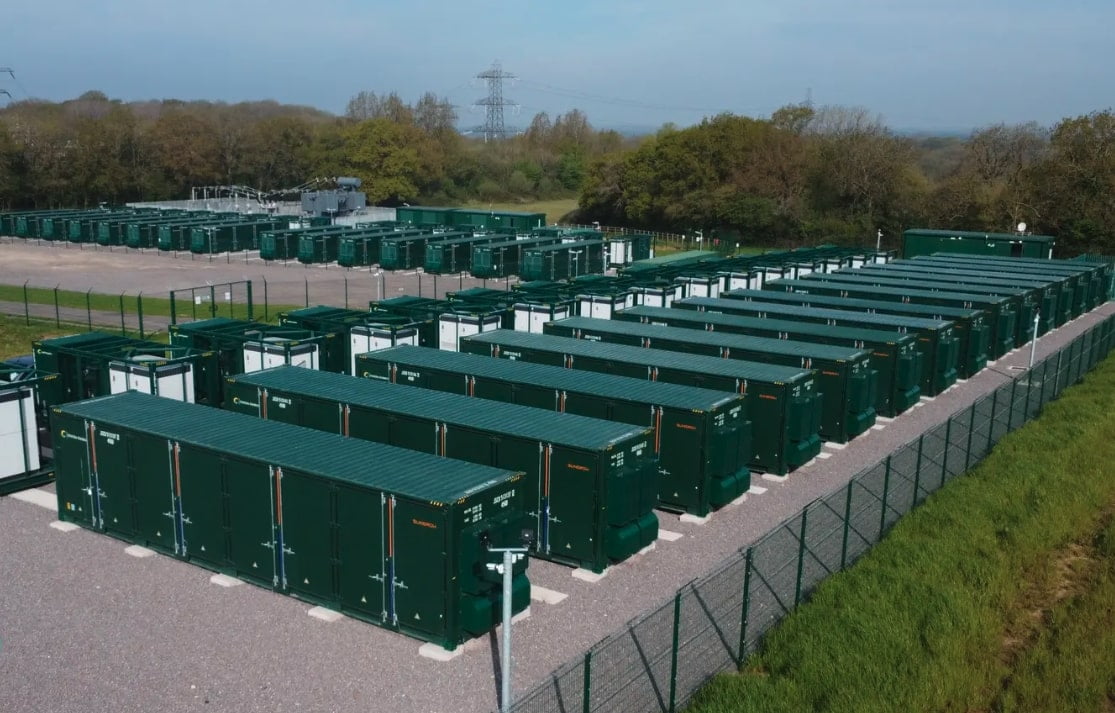The company’s share price has been falling since July but tumbled some 40% after its Q3 report in which it spelt out the decision. It sits at US$1.66 at the time of writing, 90% down from a year ago.
IRA has “shifted the market”
Put simply, the IRA’s 45x tax credit for battery manufacturing, which is paid directly, has made it much harder to justify investing in Europe’s industry, as Steen explained to Energy-Storage.news.
“When you have something that costs around US$100 per kWh to make (lithium-ion battery cells) and one continent is giving a US$35 per kWh tax credit to anyone building gigafactories, you’ve basically shifted the market. Everyone here has been working to get their head around what it means but no government in Europe has come up with an adequate response.”
“It’s why you are seeing lots of projects migrating to US or Canada, it’s hard to get project-level financing for these in Europe. Those pools of capital are global. Why would they do it in Europe when you can do it in the US for 35% cheaper?”
“For now, all our scaling will happen in the US.”
We asked Steen whether, assuming the company went ahead with its European projects as planned, the electric vehicle (EV) and ESS industry would be nonetheless willing to pay a premium for locally-made, greener battery cells?
He responded, tersely: “If that was the case, why would the US do the IRA (and its generous tax credit for battery manufacturing)?”
On the ground in Norway, the company is close to completing commissioning of its customer qualification plant (CQP), a smaller-scale production facility for customers to test batteries made using the proprietary semi-solid lithium iron phosphate (LFP) technology Freyr has licensed from technology company 24M.
Alongside pausing its European investments, Freyr has begun ‘cost rationalisation initiatives’ to halve its use of cash compared to 2023, including laying off employees and contractors especially relating to the Norwegian gigafactories. It expects to exit 2023 with US$250 million in cash with a runway of two-plus years.
“Mutually attractive policy solution needed”
The Giga Arctic gigafactory building next door will be completed but will remain a shell, ready for a ‘hot start’ but waiting for a ‘mutually attractive policy solution’ from Norway and Europe, the company has said.
The pause in investment in Giga Arctic will ‘allow for continued technology development at the CQP while FREYR continues to work with stakeholders in Norway and Europe to establish competitive regulatory framework conditions for scaling battery manufacturing.’
When asked what those competitive conditions and policy solutions would look like, Steen pointed to the example of the EU’s Temporary Crisis and Transition Framework (TCTF), adopted by the bloc in March this year to foster support measures for sectors key to the energy transition. Energy-Storage.news has reported on substantial grant schemes for ESS deployments using it in Slovenia and Hungary.
Though note that Norway is not in the EU but is closely linked through the European Economic Area (EEA).
“World trade has been seen as a good thing and trade barriers have been seen as a bad thing, and there is a notion in Europe that this still needs to be the basic rule. But, the TCTF provides a loophole within those world trade rules,” Steen said.
The firm has also asked for an “IRA-matching” package from the Norwegian government comprising export guarantees, loans and buybacks worth a total of NOK9.5 billion (US$870 million).
Steen added that by not matching the IRA, Europe risks remaining totally dependent on China for batteries and its battery industry going the same way as the PV module manufacturing one did.
“The PV market provides all the data and experience you need to understand what will happen to batteries and other green technologies. Is that kind of dependence and exposure in the current geopolitical realities something we want? It is the same plot, the same movie,” Steen said.
“We have lithium in Finland, graphite in Norway. Developing this industry at giga scale from mining all the way to DC blocks is feasible and will drive the green transition. The question now is can we kickstart this industry.”
Freyr still “very focused on ESS market”
Freyr has always been notable for targeting the stationary ESS market more than other companies building lithium-ion gigafactories and as such has featured more prominently in Energy-Storage.news’ coverage.
Interviewing the then-CEO Tom Jensen in March 2022, he said the company could sell half of its long-term production into the ESS market.
Recent events do not change its focus on ESS; Steen said: “We’re very focused on the ESS market and building a system integration to build containerised BESS products. Given the softening EV demand and strong ESS demand this focus has been a sensible choice. The specifics of the 24M tech also means a C-rate more amenable for ESS.”
The firm’s main route into the ESS market is a joint venture with system integrator Nidec ASI, finalised in December last year, whereby Freyr will build cells and modules based on Nidec’s IP which Nidec will use to build the full containerised battery energy storage system (BESS) solution.
Conventional technology partnership with Sunwoda
Some have questioned Freyr’s big bet on 24M’s technology platform which has not yet been industrialised at giga-scale.
In June, the company announced it had entered into a heads of terms agreement with China-based lithium-ion battery cell manufacturer Sunwoda (a Benchmark Minerals Intelligence Tier 1 battery firm) to ‘expand business in the western hemisphere based on Sunwoda’s conventional technology’.
Steen wouldn’t discuss this in any detail but the company has said an option is to include a development track as part of its Giga America project for conventional production line equipment – i.e. building conventional lithium-ion battery cells.
The advantage of building a plant using conventional lithium-ion technology is no need to build a pilot plant or CQP.
See all Energy-Storage.news coverage of developments in the lithium-ion gigafactory space, both in Europe and the US, here. That includes a US$3.5 billion funding opportunity for battery manufacturing that the US Department of Energy (DOE) launched this week, on top of the 45x tax credits.
Energy-Storage.news’ publisher Solar Media will host the 9th annual Energy Storage Summit EU in London, 21-22 February 2024. This year it is moving to a larger venue, bringing together Europe’s leading investors, policymakers, developers, utilities, energy buyers and service providers all in one place. Visit the official site for more info.
Continue reading



